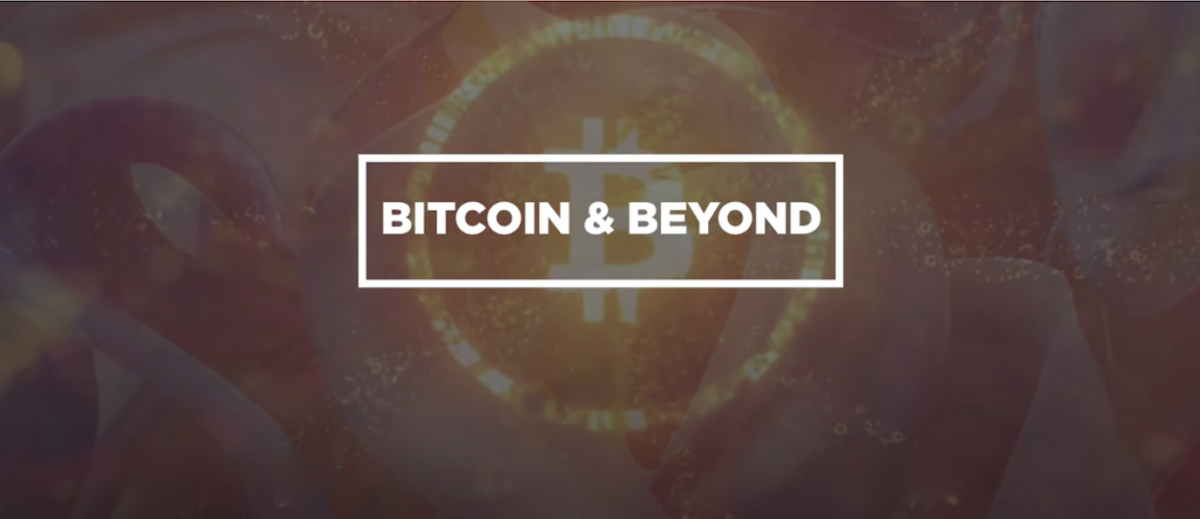Connecting Bitcoin and Ethereum: BOB’s Hybrid Layer 2 Solution


Bitcoin & Beyond is an educational series produced by the Bitcoin team. roll up We focused on the emerging class of builders in the Bitcoin ecosystem. The goal is to provide deep technical insight into innovative expansion projects through space, panels and interactive presentations.
Our latest feature on Bitcoin & Beyond explores BOB, a new hybrid layer solution that aims to combine the robust security of Bitcoin with the agility of Ethereum. We met Dom, co-founder of BOB, to understand BOB’s step-by-step approach to development and its new merged mining protocol, Optimine.
Reigniting Bitcoin Innovation with Layer 2 Solutions
From the beginning, Dom has been clear that BOB’s primary motivation is “to make it much easier for people to build on Bitcoin.” He highlighted the enormous opportunity for Bitcoin to become as easily programmable as Ethereum while maintaining the strong security it is known for.
Like many others, he expressed gratitude for this wave of innovation that is currently energizing the Bitcoin ecosystem. “There are now so many new projects that share the same vision. And we think it’s really valuable to bring all of these innovations to Bitcoin.”
The BOB team highlighted three aspects they believe are essential for any new layer 2 solution to be successful.
1. Security and economic linkage with Bitcoin
2. Infrastructure that allows the developer ecosystem to thrive
3. Liquidity to start new projects
“The goal is to increase the overall vitality of the platform by creating liquidity and a network that allows users to seamlessly switch between projects.”
Dom also elaborated on BOB’s market positioning. “Our approach is very unique. We are the only company aiming to create what we call a hybrid L2.”
BOB’s rollup solution is designed to be secured by Bitcoin while integrating into the Bitcoin stack through a lightweight client. At the same time, it also performs the roll-up function of Ethereum to make it easier for people within the Ethereum community to use. “A lot of people are used to connecting from Ethereum to platforms like Arbitrum, Bays or Optimism,” Dom said. This familiarity makes BOB an attractive platform for users and developers in the Ethereum space, allowing them to seamlessly leverage existing knowledge and tools.
Building on the current OP stack, the team’s focus so far has been to make the user and developer experience as native to Ethereum as possible to reduce friction for new entrants. Dom also stated that there are currently no minimal trust bridges that can be used to move Bitcoin to the platform.
BOB Roadmap
BOB plans to roll out the protocol in a series of strategic steps designed to incrementally improve the functionality of the platform.
Step 1: Bootstrapping
This initial phase, launched on May 1, focuses on establishing BOB as a bullish Ethereum rollup using the OP stack, with Bitcoin security features not yet integrated.
Step 2: Bitcoin Proof-of-Work Security Integration
The next step is to transition BOB to include Bitcoin’s proof-of-work security using Optimine, a merge-mining protocol designed to increase system security.
Step 3: Transition to Bitcoin Rollup
This step aims to transition the platform from Ethereum-based to Bitcoin-based rollup in line with the advancement of new technologies such as BitVM and other anti-fraud schemes.
Step 4: Implement zero-knowledge proof
The final phase is expected to incorporate zero-knowledge proofs until Bitcoin is likely to adopt this technology. This greatly improves privacy and transaction efficiency.
OptiMine under development
The team’s current focus is introducing a new technology, “optimistic ordered merge mining,” which begins the process of integrating Bitcoin’s security into BOB. “OptiMine extends traditional merged mining by decoupling block production from proof-of-work finalization,” explains Dom. He argues that this allows the protocol to achieve rapid transaction processing while ensuring the integrity typically associated with Bitcoin.
How OptiMine Enhances Security and Efficiency
- Optimistic block production: Blocks are generated optimistically every two seconds by the sequencer, ensuring the high throughput familiar to developers in the Ethereum space. OptiMine improves transaction finality speed, which is critical to user experience. “Compared to traditional merge mining methods, OptiMine allows for faster finality, improving overall system efficiency,” adds Dom.
- Safe ending with Bitcoin: In OptiMine, Bitcoin miners validate blocks produced by a sequencer by inserting a reference hash of the BOB block within a Bitcoin block and then adding it to the Bitcoin blockchain. This verification significantly reduces the damage caused by relying on centralized sequencers.
- reconfiguration resistance: By separating block creation and proof-of-work, Optimine avoids the risk of miners attacking the chain and rewriting history.
- Merge Mining Efficiency: OptiMine leverages Bitcoin’s existing mining infrastructure to secure rollups of BOB without additional energy costs.
With the introduction of OptiMine and strategic launch of its development phase, BOB’s mission is to integrate the two ecosystems to create a versatile platform that leverages each other’s strengths.
“We essentially want to be a platform between Bitcoin and Ethereum. And if you have Ethereum assets, you also need to have Ethereum security. If you take an asset from Bitcoin, you have to have Bitcoin security and you have to have both available on Bob.”
Stay tuned to our Bitcoin & Beyond series for more insights and updates on BOB and other innovative projects shaping the future of the Bitcoin ecosystem.
This is a guest post from The Rollup. The opinions expressed are solely personal and do not necessarily reflect the opinions of BTC Inc or Bitcoin Magazine.



